Arabic Mehndi Design
Elevate Your Bridal Look with the Timeless Beauty of 30+ Best Arabic Mehndi Designs
The Arabic Mehndi became popular in the 1990s. Mehndi is a very unique and beautiful art form, which not only represents the essence of Arabic culture but also an important part of the cultural treasure house of the world.
Some experts believe Mehndi came to India in the 12th century with the rise of Arabic culture and the Mughal dynasty. Therefore, the Arabic style Mehndi design characteristics may be similar to the Indian Mehndi design characteristics, mainly in the following points:
- Rich patterns: Mehndi's design patterns are very rich, including flowers, animals, figures, scenes, etc. These patterns often have symbolic meaning in the context of the scene.
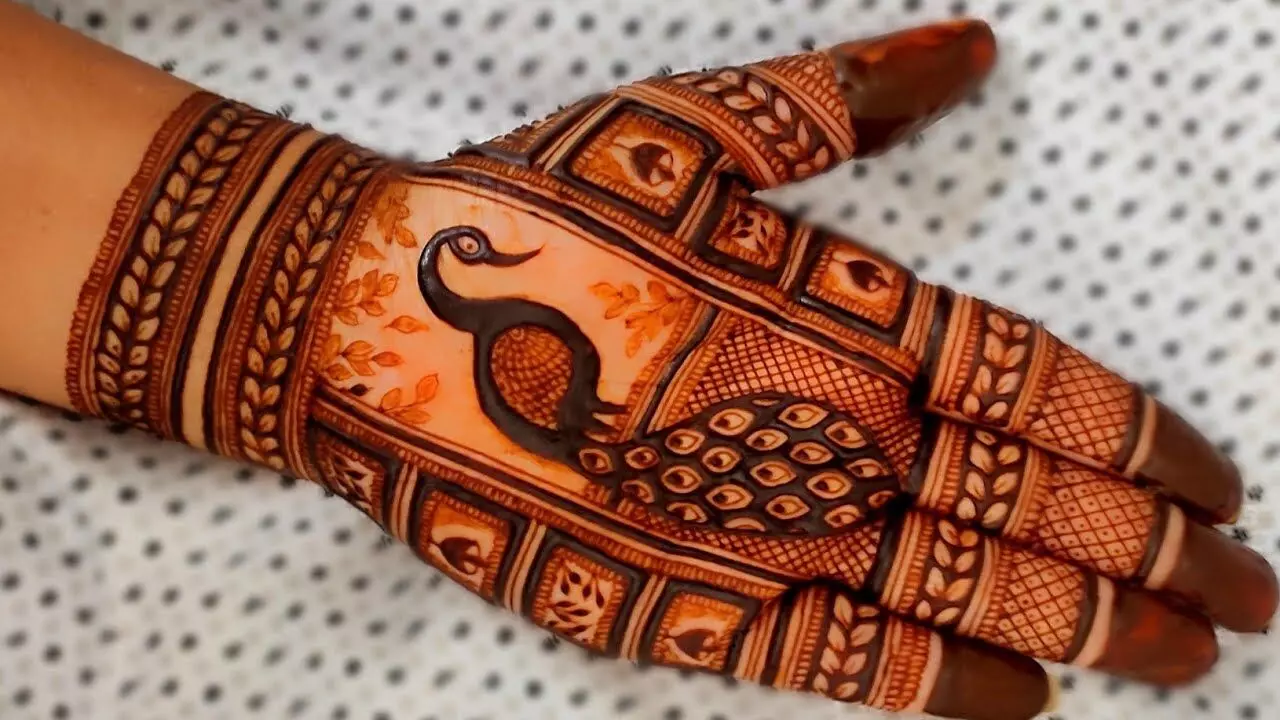
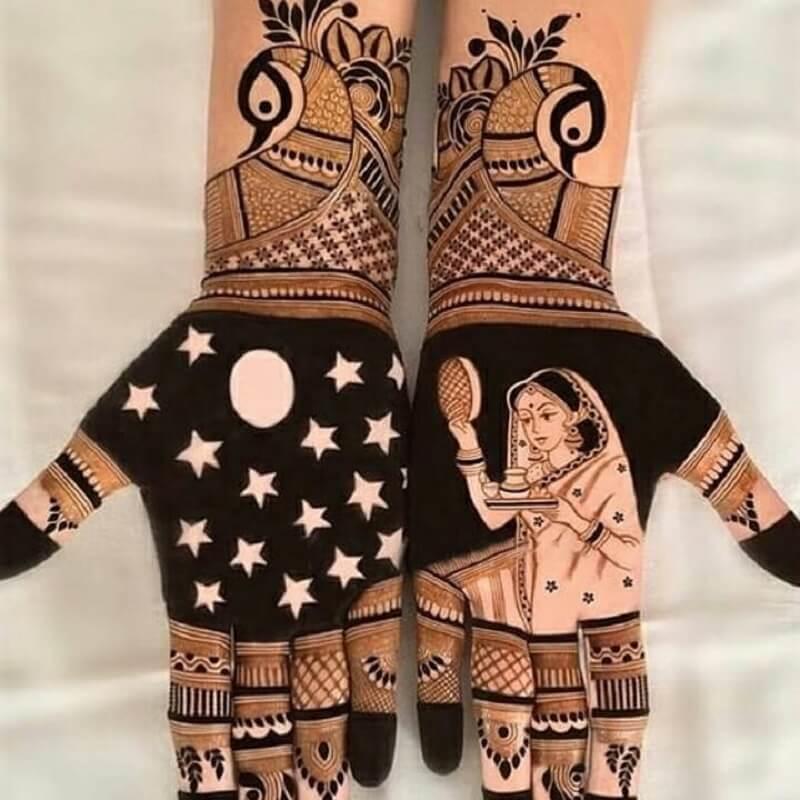
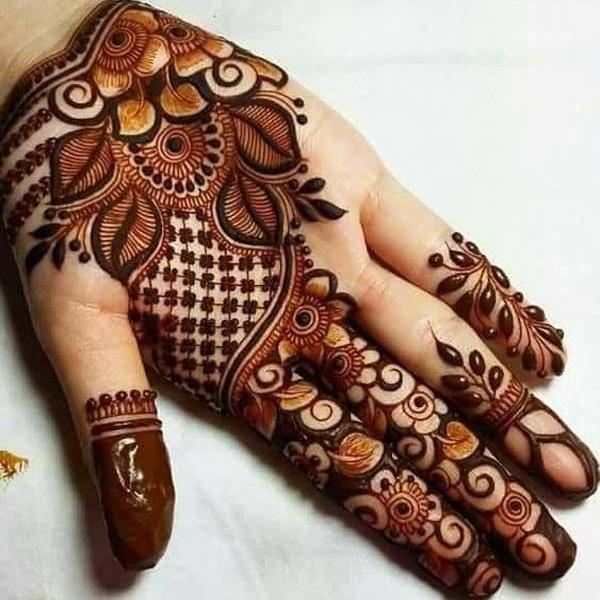
- Fine lines: Mehndi's design lines are very fine, requiring the artist to have superb painting skills.
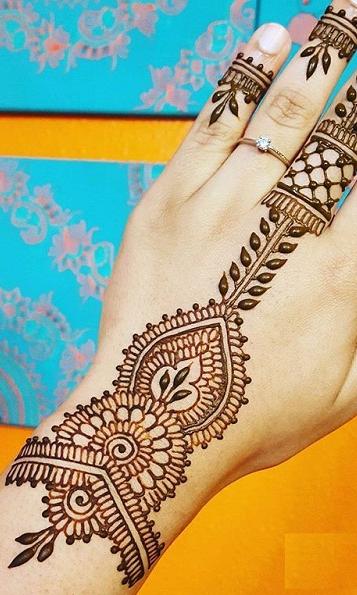
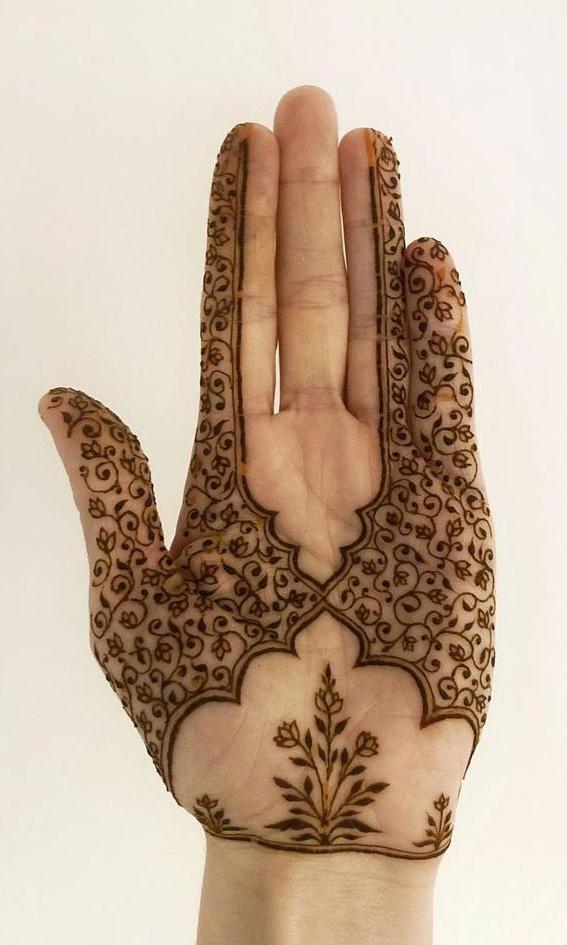
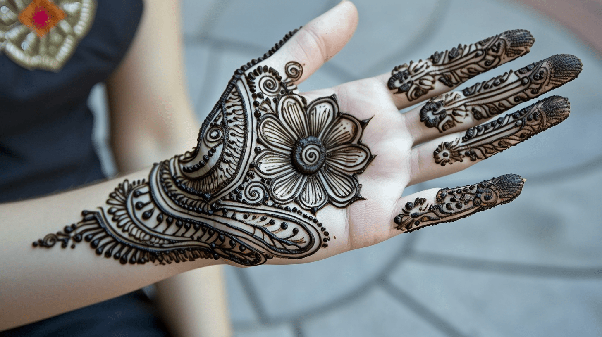
- Bright colors: Mehndi usually uses colors such as red, orange, black and brown. These colors can not only highlight the beauty of the pattern but also bring a pleasant visual experience.
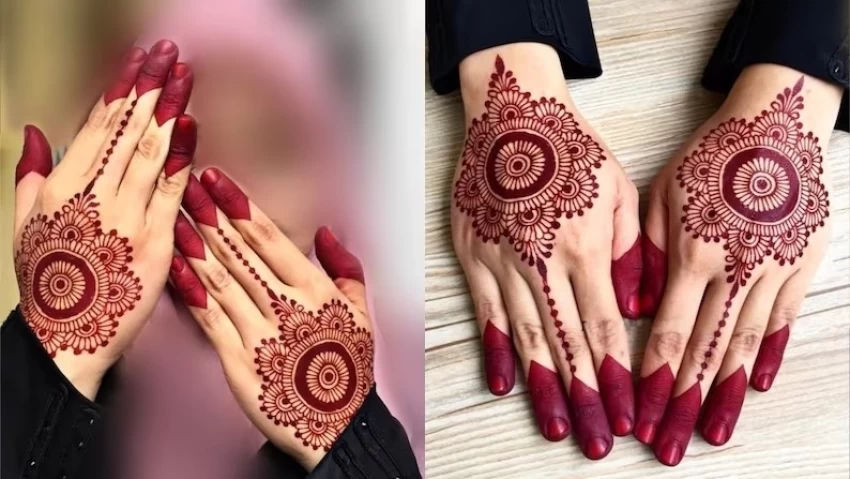
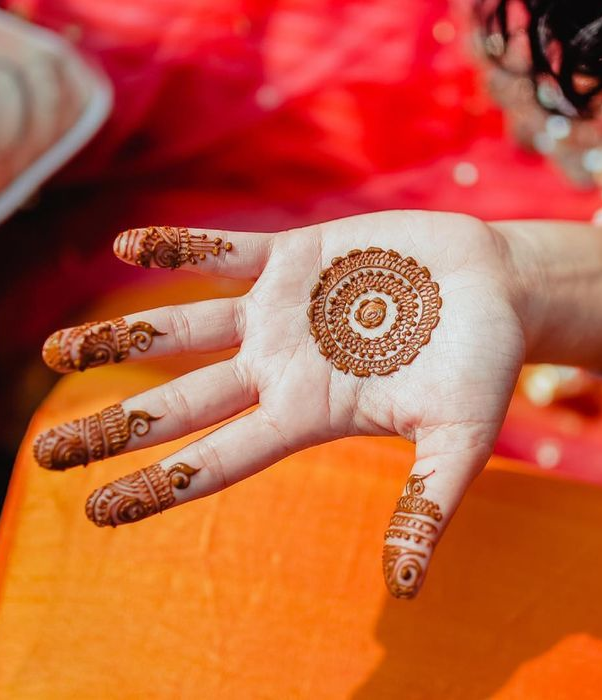
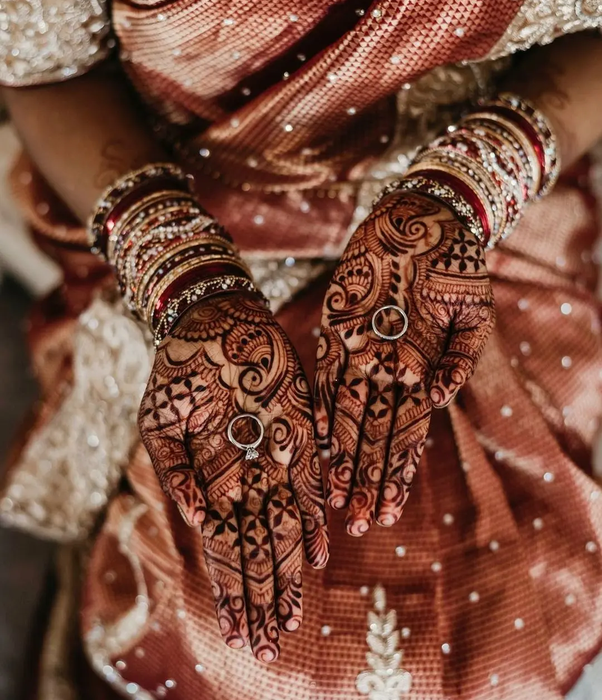
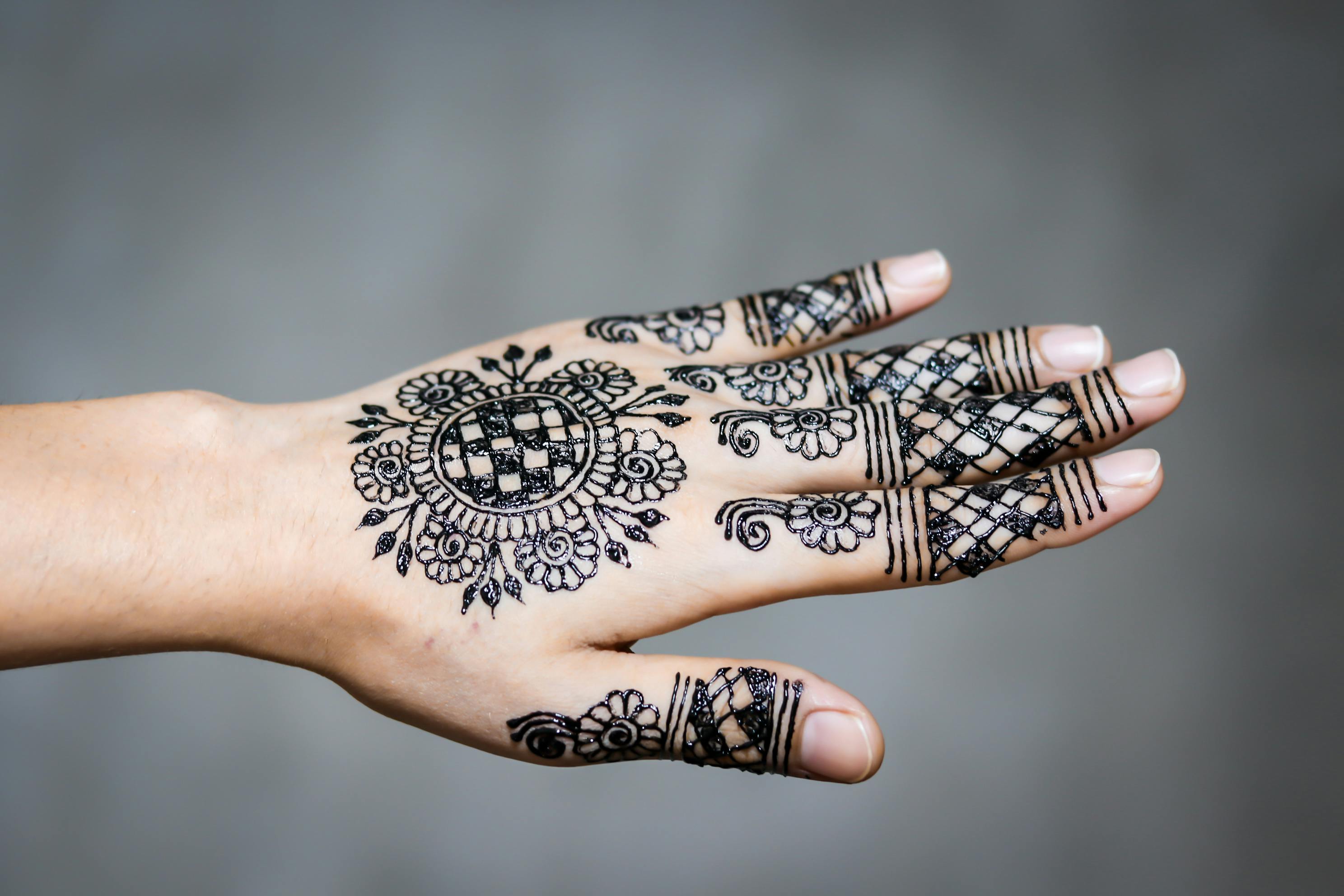
- Personalization: Mehndi's design can be customized according to individual preferences and styles, such as adding names, dates, special symbols, etc. This personalized design allows people to better express their personality and emotions.
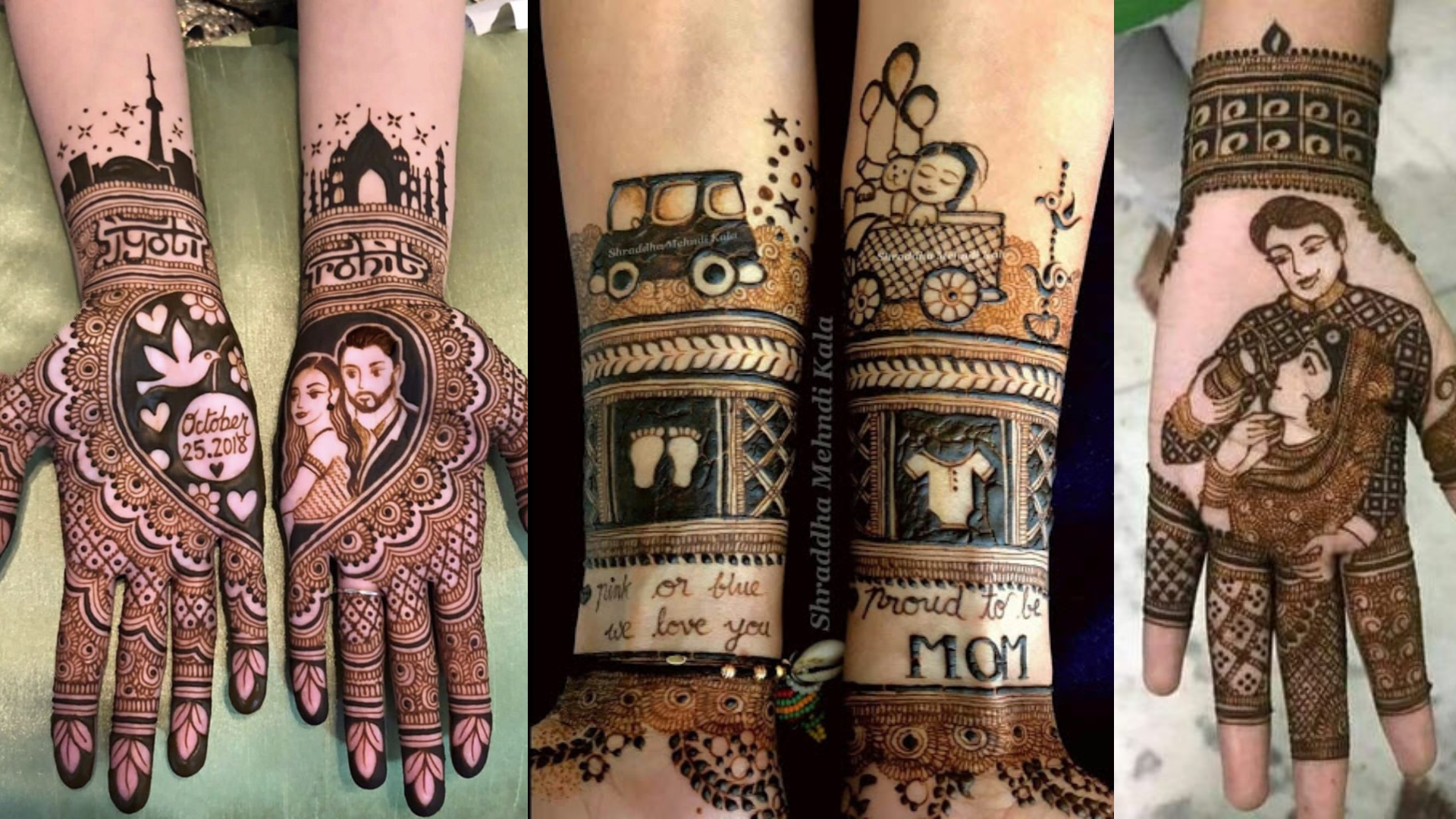
In Arabic culture, Mehndi is not only a physical decoration but also a cultural symbol symbolizing beauty, happiness, and auspiciousness. In the Arabic region, Mehndi is mainly used as a decorative art, and women often paint Mehndi for important occasions such as parties and weddings.
How To Make Mehndi Design? What Kind of Patterns Should I Paint?
We've collected some of the Latest Arabic Mehndi Design photos in Arabic, so come and bookmark your favorite Mehndi Images!
1.Simple Easy Arabic Mehndi Design
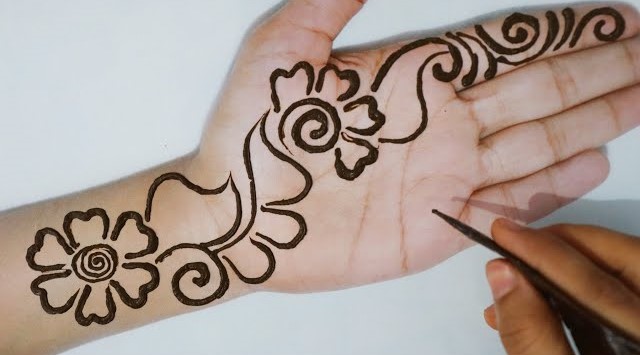
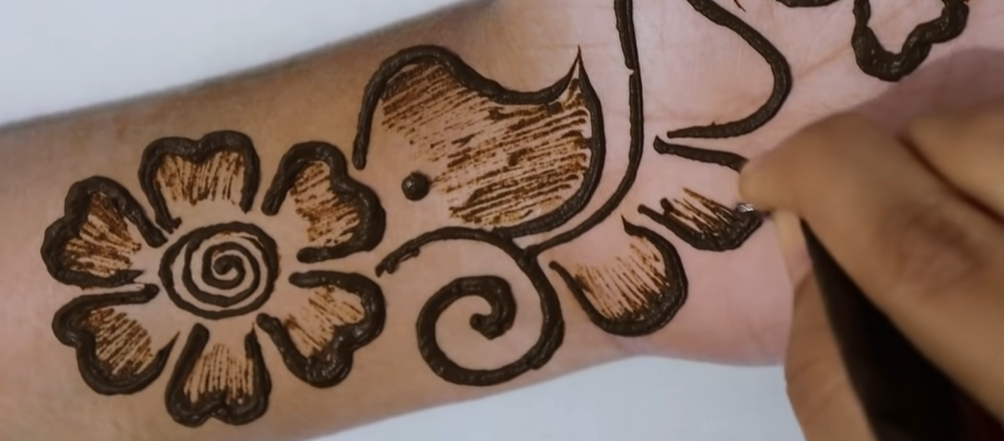
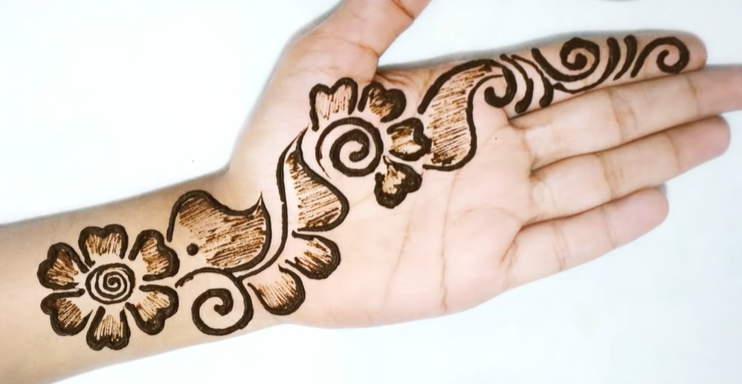
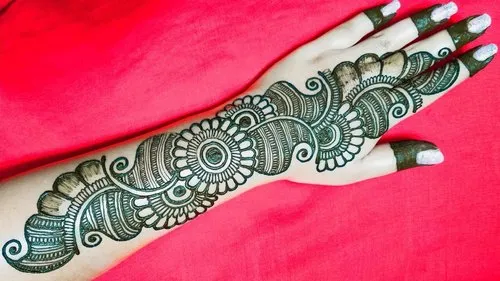
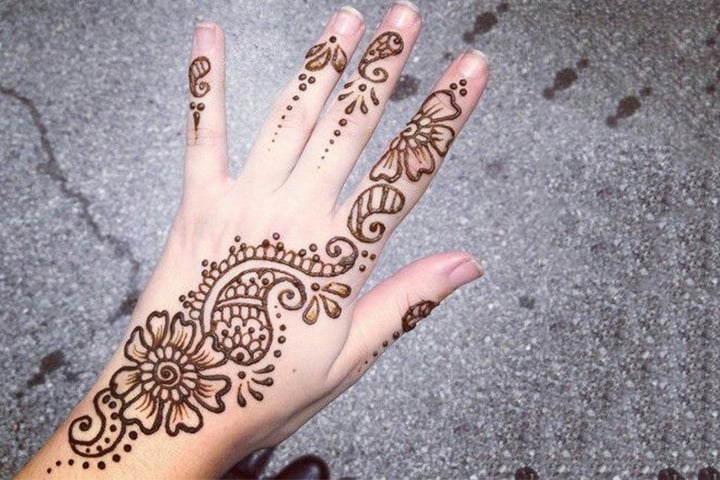
Simple Mehndi design drawing method:
Outline: Use the brush to gently outline the shape of the design you want. Practice briefly on paper first to make sure your hands are stable.
Choose a starting point: Decide which part to draw from, usually starting with the main body of the pattern.
Fine filling: Carefully fill the paint along the lines outlined. Pay attention to controlling the intensity and the amount of paint to keep the lines clear and even.
Pay attention to detail: During the filling process, pay attention to the details in the pattern to ensure that it is accurate.
Stay patient: MEHNDI painting may take some time, stay patient and focus on each part of the painting.
2.Floral Arabic Mehndi Designs
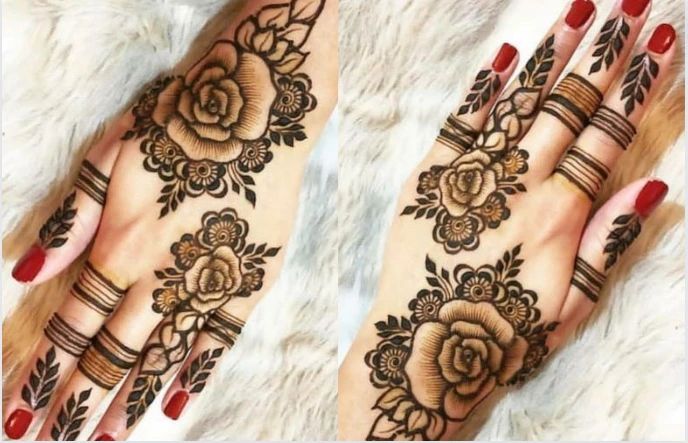
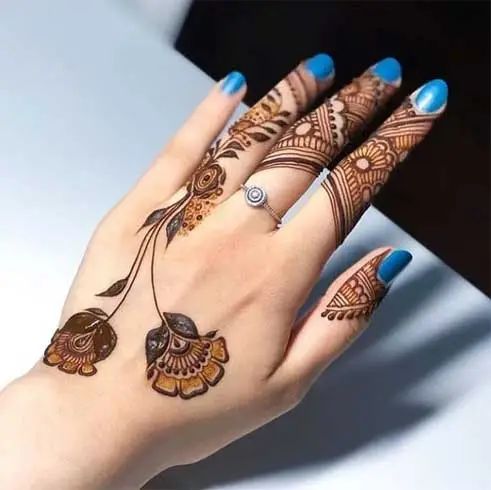
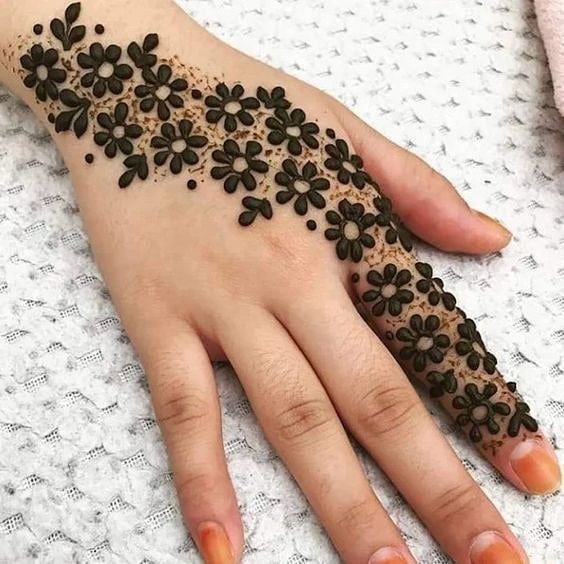
The floral-themed Mehndi uses a variety of colors and patterns to decorate the hands or feet. These designs symbolize concepts such as beauty, prosperity, life and nature.
3.Bridal Arabic Mehndi Design
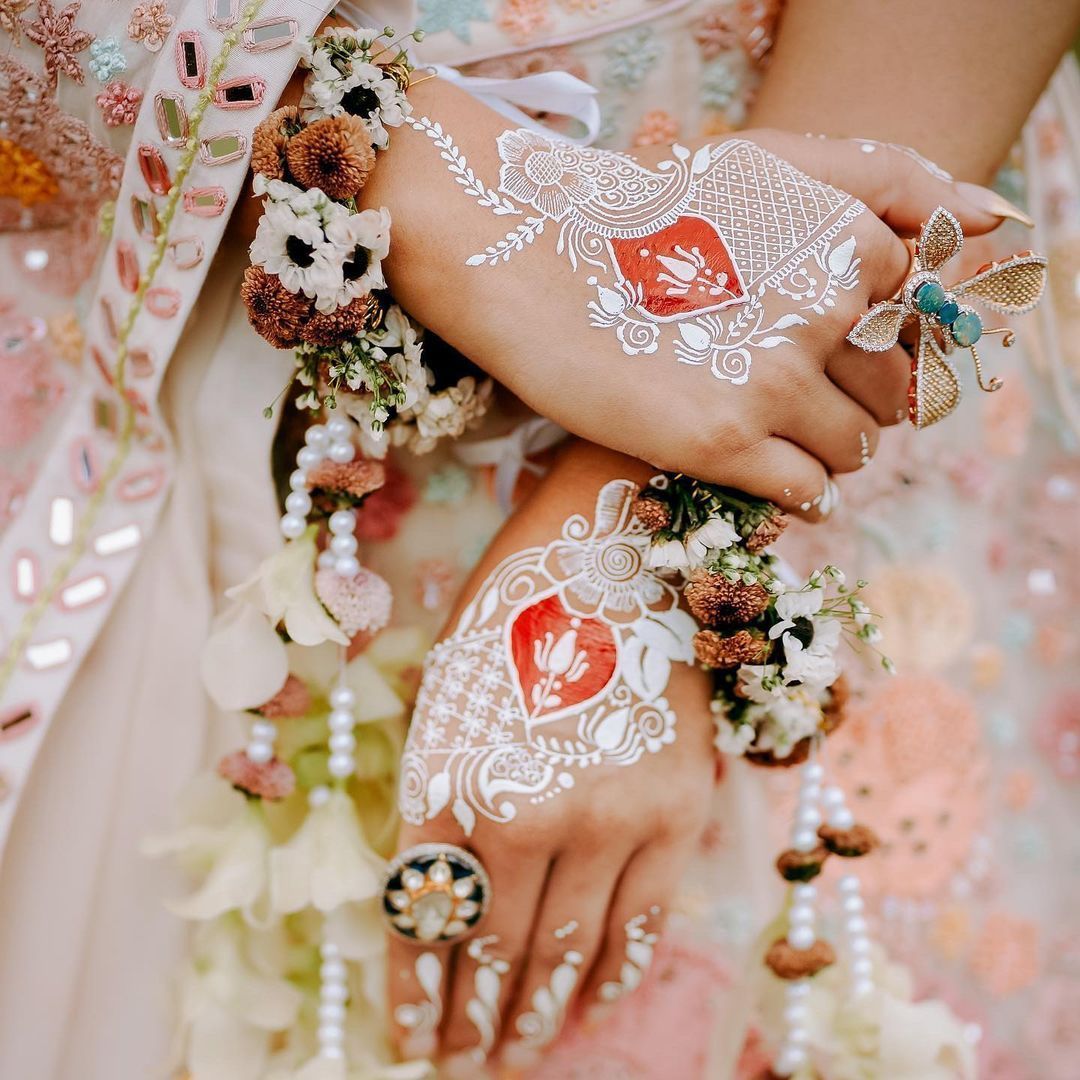

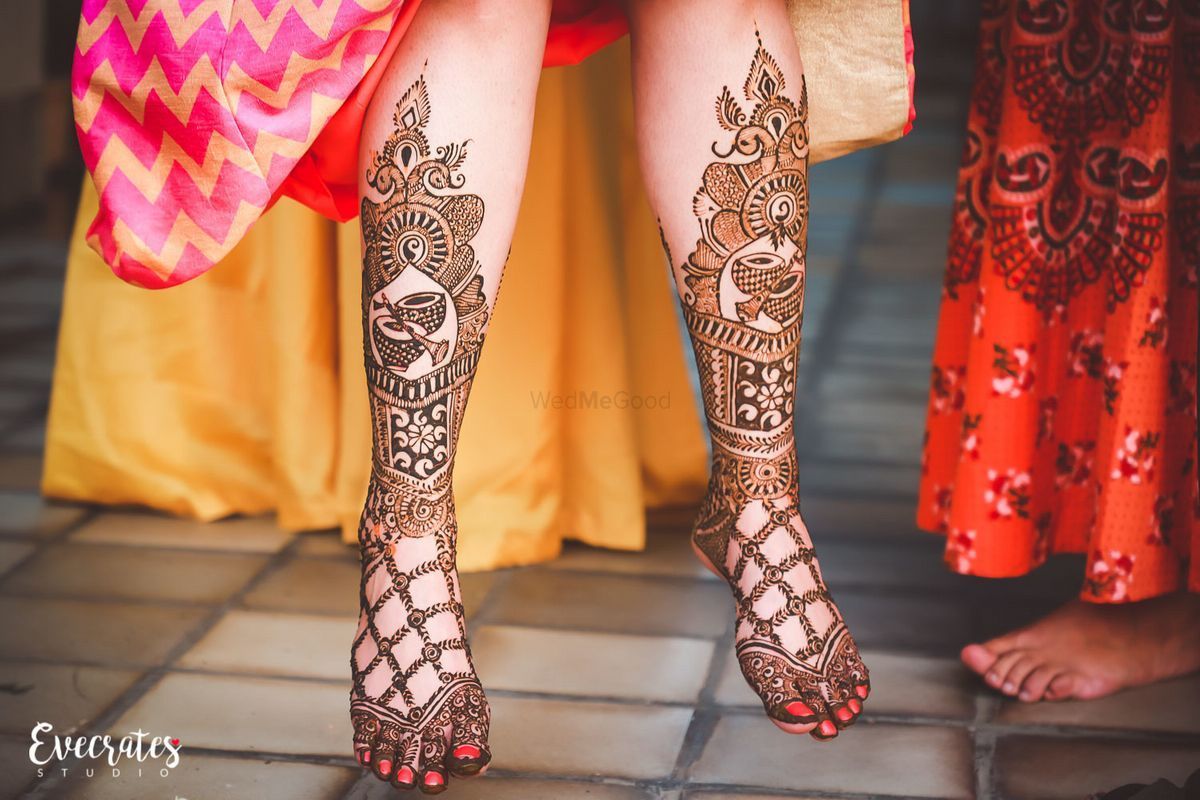
The bridal Mehndi is a traditional custom at Indian weddings. The bride usually points the first hand-painted pattern by the future mother-in-law on the night before the wedding, and the most exquisite and complex pattern is then drawn by a senior hand-painter, the whole process takes at least seven or eight hours. Common hand-painted motifs include peacocks, fish and lotus flowers, which symbolize beauty, wealth and family prosperity.
4.Arabic Mehndi Design For Karwa Chauth
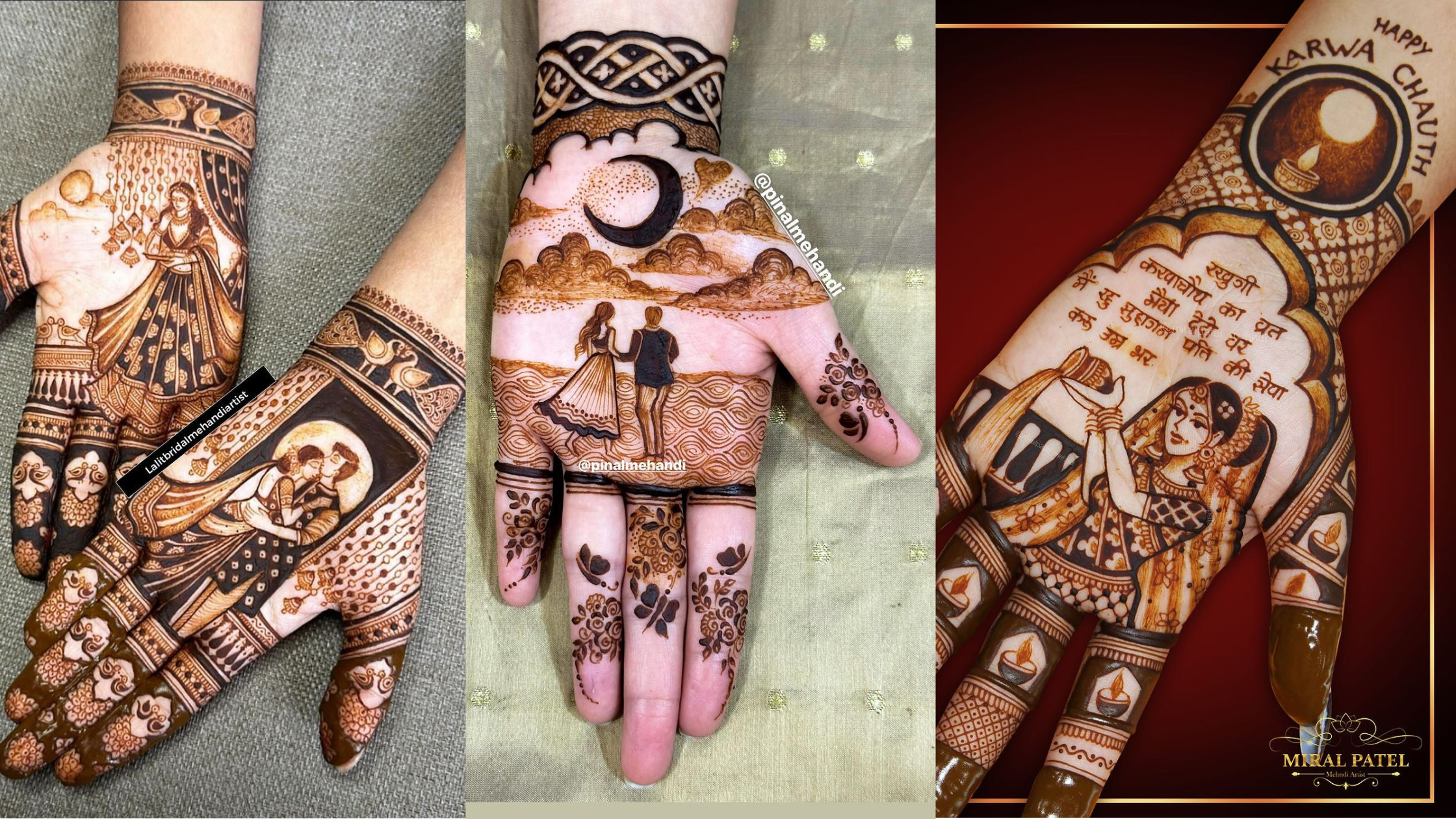
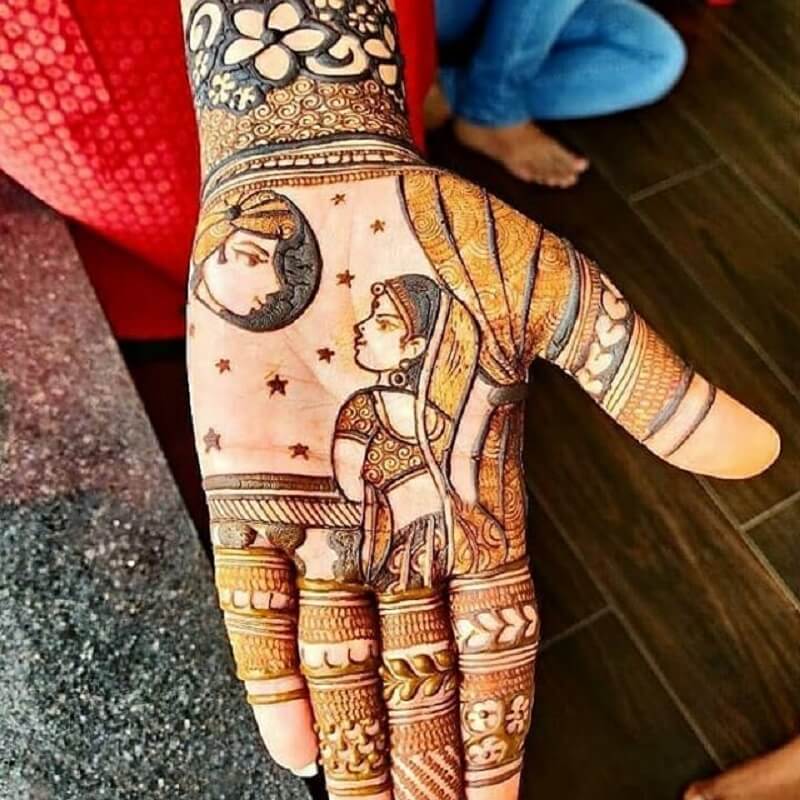
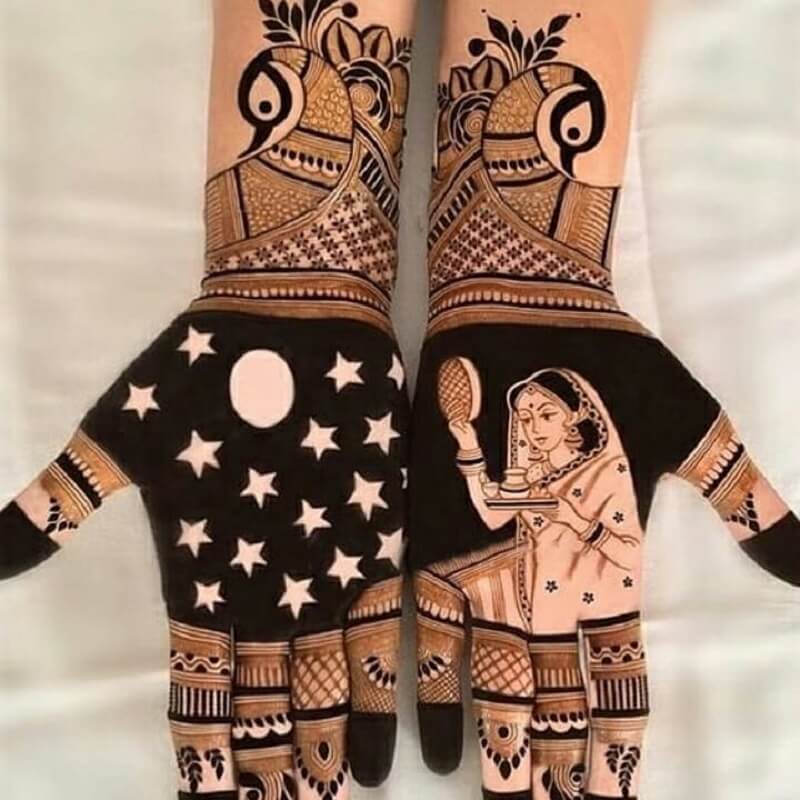
Kalvachati is a traditional festival in India, mainly celebrated by married women. On Karva Chauth, married and unmarried women fast from sunrise to moonrise. They wear bright traditional clothes and beautiful jewelry and pray to the gods for their husbands' safe and long lives. Karwa Chauth Mehndi is usually painted in bright colors, representing marriage, love, happiness, etc. Most women now customize their personal preferences to include specific elements associated with the Karwa Chauth festival.
5.Arabic Jewellery Mehndi Designs
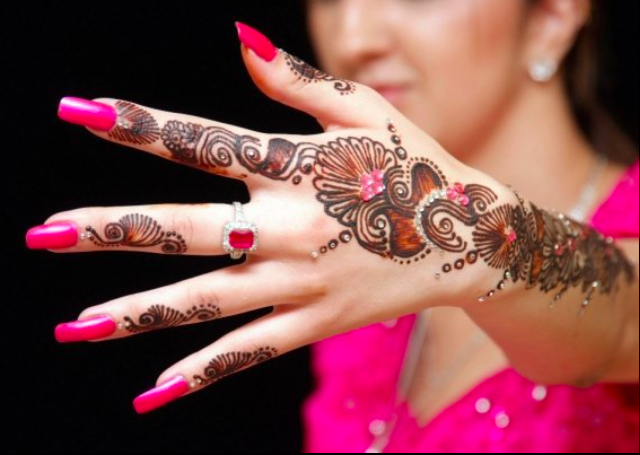
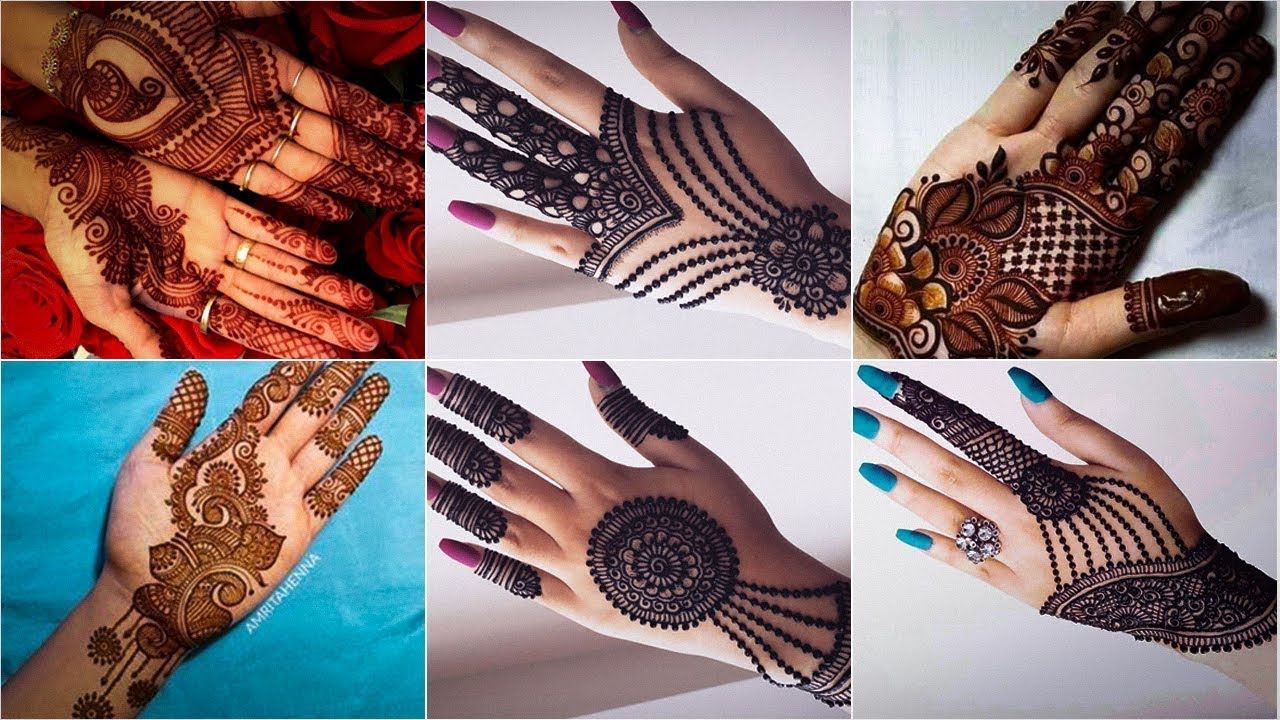
Arabic Jewellery Mehndi Designs, like a gorgeous visual feast. Colour co-ordination is key and unique Jewellery Mehndi Designs are the new trend.
But I prefer mehndi and jewelry together, which requires the color of the jewelry to complement the Mehndi color or create a beautiful contrast.
The unity of styles creates a harmonious atmosphere that makes the jewelry complement Mehndi's design. The collocation of materials can not be ignored, and different textures set off each other to add layers.

